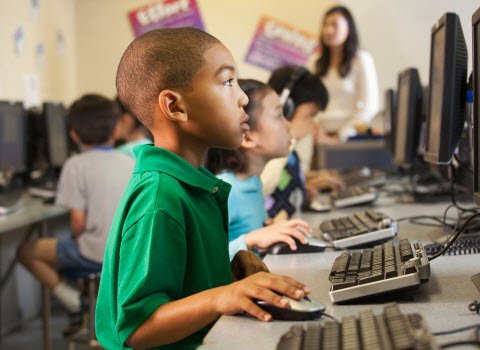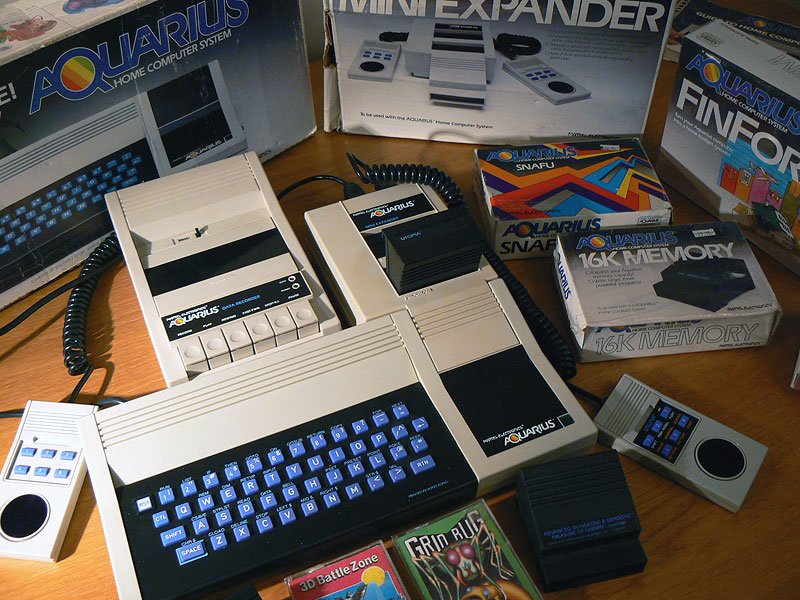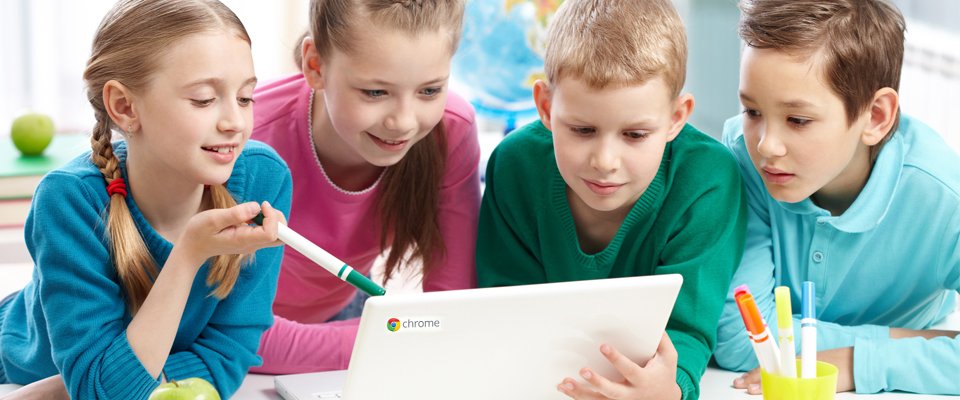Microsoft, Apple, Google, and today's kid coders
Computers are interwoven into the fabric of our culture. Today's children, comfortably entangled in this technological world, code and create blissfully unaware that programming was once reserved for a niche group of nerds.

As a kid growing up in the 1970s and '80s, I remember when my mother's clunky LED calculator with glowing red numbers was advanced consumer technology. There was no DirectTV, no streaming video, and no mainstream internet.
This was a time before cell phones. If we needed to make a phone call while in public, we stepped into a phone booth, dropped a dime into the slot and dialed the phone number we'd previously memorized. (Yes, we remembered phone numbers back then.) If someone answered, great; if not, nothing answered. There was no voicemail, and answering machines with the tiny little tapes weren't even a thing. Computers certainly were not interwoven into the fabric of our culture, as they are today.
Interacting with a computer during the '70s was something we kids did in our imaginary play if at all. An actual computer was one of those big metal things on TV that beeped a lot, had a bunch of blinking lights and twirling tape reels and that did really important things, like guide rockets into space.

I got my first computer in the '80s while I was in grammar school. It was called Aquarius, and we connected it to the TV like we did our Colecovision video game console. I began learning BASIC programming as I followed the tutorials and accompanying walkthroughs. I still played outside, wrestled, rode my bike and climbed trees like the other kids.
Still, learning how to program was not the norm for a kid in the '80s. I was an anomaly. Fast forward 30-plus years and the kid not learning how to program may be the anomaly.
Digital reality
My daughters will grow up in a world where computers will be in their pockets, likely on their person as some type of wearable, and implemented in their environments as intelligent IoT devices. Programming will be as much a part of their education as reading and writing.

Tech companies such as Microsoft, Google, and Apple are already vying for the hearts and minds of our children. They've aggressively introduced their flavors of devices and solutions into the education sector with hopes of enticing kids to their platforms.
All the latest news, reviews, and guides for Windows and Xbox diehards.
With Windows 10 S and Surface Laptop Microsoft takes on Google and Apple
As a comprehensive approach to winning children to the fuller scope of personal computing beyond the experiences of developed products, these same companies have introduced programs to teach children how to code.
Apple's Swift approach
In 2014, Apple introduced its new program language Swift. Apple boasts Swift has several advantages over Objective-C, the programming language developers traditionally used to develop for iOS. Swift is reportedly faster, more modern, simpler and provides a higher level of interactivity in development than Objective-C.
Swift Playground for iPad.
In 2016, Apple introduced Swift Playground for iPad. The app introduces children to coding via lesson-based exercises where they control an avatar via code within the context of a graphically engaging world. The child must enter specific code to accomplish assigned tasks.
The popularity of iPhones and iPads may be an advantage that Apple has among these kid coders. The app is available to millions of children who have access to iPads at home. "Developing" within Apple's ecosystem at a young age may entice children to join the 16 million developers who currently support Apple's ecosystem.
Google's gambit
Among Microsoft's rivals, Google's analogous range of products and services makes it the greatest threat to Redmond. Additionally, via Android, Google boasts a mobile OS that has dethroned Windows as the world's dominant OS.

Add this to Google's aggressive, and growing presence in the education sector (which is more pronounced in the U.S. than globally), and it's clear that Google is looking to dominate personal computing.
As part of the company's attempts to win the next generation, Google has supported or participated in several initiatives that are geared to teaching children how to code.
Blocky Code introduces coding concepts via shape-based challenges. Made with Code is meant to inspire girls to embrace programming. MIT App Inventor uses a drag-and-drop environment to teach children how to build Android apps.
CS First science club.
Google's CS First science clubs initiative has over 700,000 users. Teachers and students use the free coding tool called Scratch and the curriculum's nine units (art, music and sound, fashion, friends, animation, game design, sports, social media and storytelling) to teach and learn coding.
Microsoft and Minecraft
In 2014, Microsoft purchased the wildly popular game Mojang's Minecraft for $2.5 billion. Many people wondered how Microsoft might integrate this game into its vision.
Though deep integration with HoloLens makes sense for this game that focuses on building three-dimensional worlds, Microsoft's early integration of the game has been in the education sector as Minecraft for Education.
Over 100 million users already play the game religiously. Microsoft's turning the beloved platform into a tool that can both educate children and integrate them into its ecosystem was a wise consumer-focused strategy. Minecraft, like Xbox, is a product that can help the company attain that elusive "cool factor."
Hundreds of classrooms use Minecraft, and in response to educator demand, Microsoft introduced Minecraft Code Builders in May of this year.
Minecraft Code Builders.
Similar to Apple's solution, users utilize an "agent" that responds to code. A more advanced coder can use code without the use of an agent.
The popularity of Minecraft is a tremendous advantage for Microsoft in its strategy to teach children coding and to draw them into its ecosystem. Combining Minecraft and HoloLens in education is wrought with even greater potential.
The more things change, the more they stay the same
HoloLens in education.
The world I grew up in where multiple color TVs in the home were the norm, video game consoles were beginning to invade living rooms, and LCD handheld game systems were technological wonders differed considerably from the 1940s and 1950s of my father's youth. The stories he told of "his day" made him seem like an old fogie.

As my daughters grow up and I speak in awe about how coding is part of their basic education but was not even a normal part of "my world," I can imagine that to them their dad, too, will be an old fogie. But that's OK. It's just the cycle of life — and the cycle of technology.

Jason L Ward is a Former Columnist at Windows Central. He provided a unique big picture analysis of the complex world of Microsoft. Jason takes the small clues and gives you an insightful big picture perspective through storytelling that you won't find *anywhere* else. Seriously, this dude thinks outside the box. Follow him on Twitter at @JLTechWord. He's doing the "write" thing!
